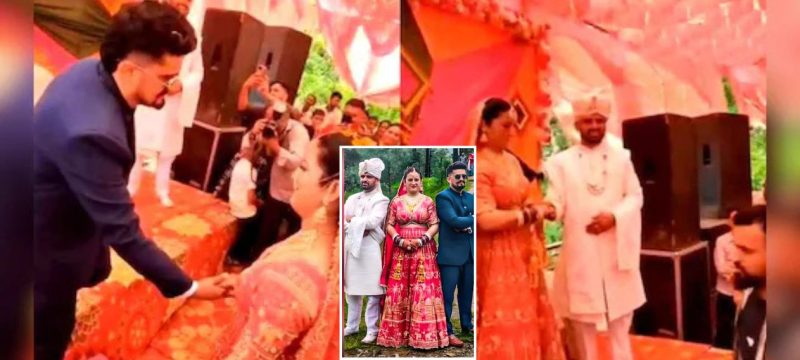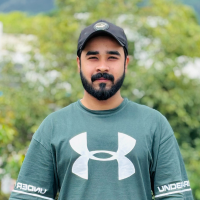In a unique and rare ceremony, two brothers from the Hatti tribe in Himachal Pradesh recently tied the knot with a woman in Shillai village. The marriage, which took place under the traditional practice of polyandry, was witnessed by hundreds of people. The ceremony, which began on July 12 and lasted for three days, was held in the Trans-Giri area of Sirmaur district.
The bride, Sunita Chauhan, and grooms, Pradeep and Kapil Negi, emphasized that their decision to marry under this tradition was made willingly, without any external pressure. They shared that they were proud of the bond they had formed and the tradition they were continuing.
Himachal Pradesh’s revenue laws recognize polyandry, known locally as “Jodidara.” This tradition is deeply embedded in the region’s culture, particularly among the Hatti community. Local folk songs and dances added color to the ceremony, which was widely shared in videos that quickly went viral on the internet.
The practice of polyandry in Himachal Pradesh has historical roots, with a primary focus on preventing the division of ancestral land. In the past six years, five such marriages have taken place in Badhana village alone. Sunita, originally from Kunhat village, was aware of this tradition and made the decision independently, expressing respect for the bond formed with her two husbands.
The Hatti community, which lives primarily in the Trans-Giri region along the Himachal Pradesh-Uttarakhand border, was recognized as a Scheduled Tribe three years ago. Polyandry was once a widespread practice among the community but has become less common with increasing literacy rates and economic development in the region. However, the tradition continues in some villages, albeit in a more private manner.
Experts suggest that polyandry was originally practiced to preserve ancestral property. By having multiple brothers marry the same woman, families could keep their land intact. Additionally, the practice helped promote unity and brotherhood within the family, ensuring stability and support. This arrangement also provided a sense of security, especially in tribal societies, where larger families helped manage agricultural land in remote, hilly areas.
Though polyandry has gradually declined, it remains an important cultural practice for some communities in Himachal Pradesh and Uttarakhand. Kundan Singh Shastri, the general secretary of the Kendriya Hatti Samiti, explained that the tradition was created to prevent the fragmentation of agricultural land and ensure the well-being of families in difficult mountainous terrains.
The traditional wedding ceremony, known as “Jajda,” is rich with rituals. The bride, Sunita, arrived in the groom’s village in a procession, and the sacred “Seenj” ritual was performed at the groom’s residence. A local pandit chanted mantras, sprinkling holy water on the couple, and offered them jaggery with blessings for a sweet married life.
Polyandry, although rare today, continues to hold significance in the lives of some families in Himachal Pradesh. The marriage in Shillai village has once again brought attention to this ancient custom, showcasing the enduring cultural heritage of the region.
In other news, read about Saudi Arabia’s soaring divorce rates, with one divorce every 9 minutes and 65% occurring in the first year









